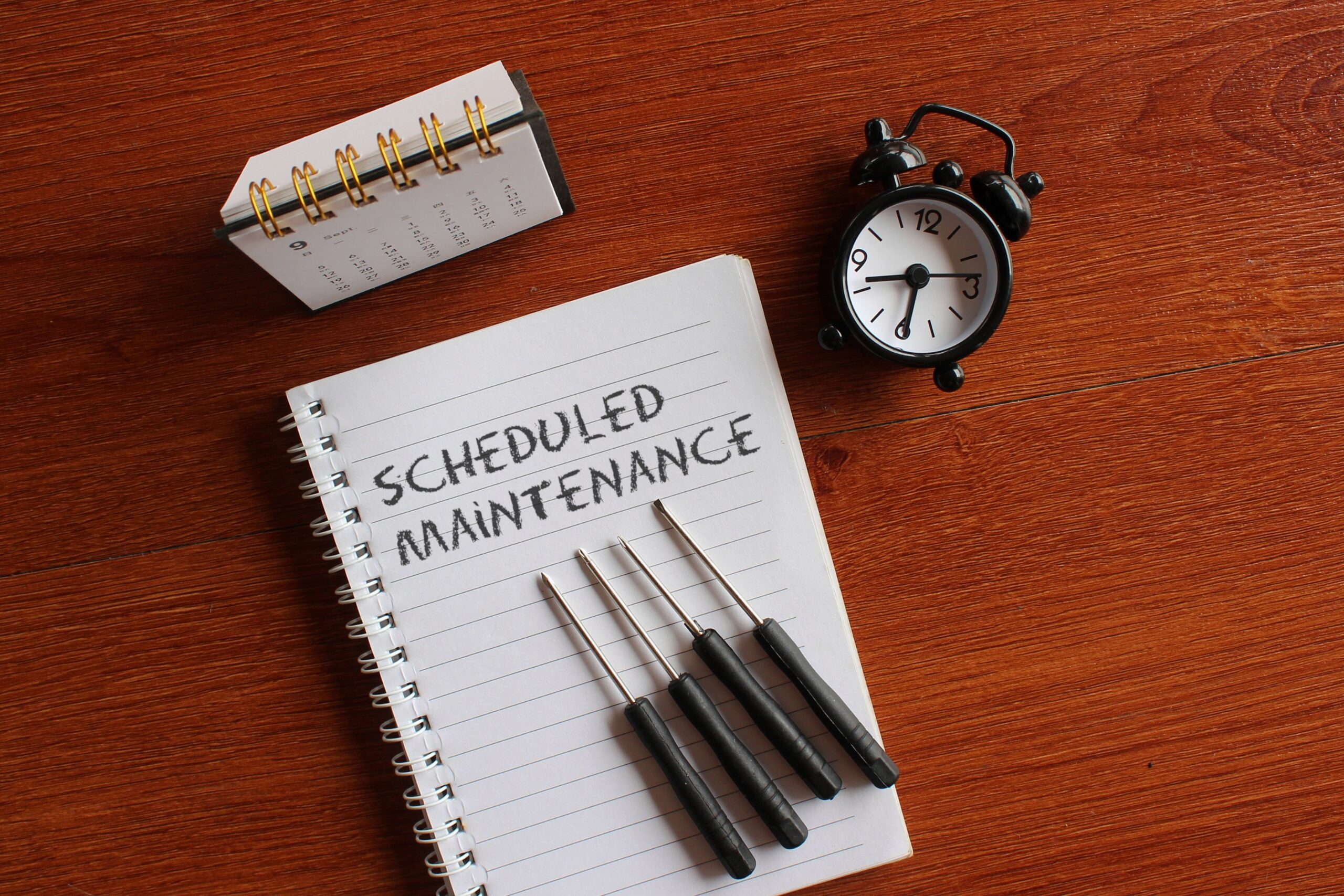Understanding what is defined as common property within a strata scheme in New South Wales, and what forms part of a lot, is a challenging task at the best of times.
However, answering that question rarely, if ever, gives you the complete answer you are looking for—knowing who owns what might be part of the equation, but the real issue is often more complex. For example, you may be trying to figure out who has repair obligations, who has potential liability, or who is entitled to exclude other people from use of the property in question—all these questions involve additional considerations.
As Australia’s largest specialist strata and community title law firm, Chambers Russell Lawyers deal with these issues regularly. They have outlined the ten most common points of confusion for lot owners and what you need to know.
Common property
Simply put, common property is any real property (land and fixtures) within a strata scheme that is not part of a lot. Consequently, if something is not marked on the strata plan as part of a lot, it will be common property (a common example is outbuildings such as sheds). Figuring out what property is part of a lot is a task that involves both a reading of the strata plan (and any subdivision plans), as well as the application of the law.
Usually, lots are the “airspace” (or “cubic space”) within the walls, ceilings and floors that form the boundaries of each component of the lot. “Common infrastructure” is always part of the common property, even if it is within the cubic space of a lot—for example, pipes and conduits that service multiple lots are “common infrastructure”.
Fixed boundaries
The boundaries between lots and common property are set at the time of registration of the strata plan, even when those boundaries are the inner surface of a structure. So, for example, if a wall is moved, or removed entirely, the boundary does not shift or disappear, and instead remains at its existing location in space. Figuring out what structures were in place when the plan was registered can be complex.
Original fixtures
Fixtures are things that are sufficiently attached to land (and buildings) such that they are treated as being part of the land. Fixtures usually form part of the land to which they are affixed—however, in strata schemes, a fixture attached to a common property (such as a wall or floor) will be part of the lot, if it sits within the cubic space of the lot. Examples include kitchen and bathroom cabinets, toilets, bathtubs, and vanities.
New fixtures
This rule only applies to fixtures that were present at the time of registration of the strata plan. If fixtures have changed, or new fixtures have been added, the question of whether they form part of the lot, or the common property, will depend on the circumstances (such as the terms of any authorising by-law or resolution). An unauthorised fixture to common property may be treated as not being affixed at all. This can affect whether insurance is available.
Repair and maintenance
The owners corporation has a strict statutory duty to repair and maintain common property, but there are exceptions. A lot owner can be given exclusive use of common property under a by-law and made responsible for its maintenance (in which case the owners corporation’s duty falls away). Owners corporations have a power to determine (by special resolution) not to maintain certain common property.
The owners corporation’s repair and maintenance obligations are not necessarily restricted to the common property. Under by-laws or other instruments (such as positive covenants or leases) the owners corporation may be obliged to repair other property (such as property within lots, or even neighbouring land).
Just because something is part of a lot does not mean that the lot owner must maintain it. There is no statutory duty on lot owners to maintain their lots in New South Wales—instead, lot owners must not use their lots to create a “nuisance”, which is a much lower burden. Sometimes by-laws may impose additional obligations on lot owners.
Liability
In many cases, the owners corporation will have potential liability for the common property (for injury or damage, or exposure to orders made by public authorities). This can arise even if the owners corporation is not required to repair and maintain the relevant common property or has agreed that someone else (such as a lessee) will take on that burden.
The owners corporation can also be liable for property within lots—for example, a fire safety order can be given to an owners corporation even if the issues are within lots. The owners corporation can be liable as an “occupier of premises” at common law for property that it does not own—this could be property within lots, or even land outside the strata scheme. An owners corporation might be held to be an occupier of a neighbouring retaining wall, for example.
Rights of use
The owners corporation is the legal owner of the common property, but it owns it as “agent” for lot owners. Cases have held that this arrangement results in lot owners sharing a right to make use of the common property. Consequently, the owners corporation does not have a general power to exclude lot owners from making use of the common property—its rights to do so are limited (for example, it can grant a lot owner “exclusive use” of common property under a by-law).
Under by-laws or other instruments, rights to use lots in a strata scheme might be given to people other than the owner or occupier of that lot for example, in White v Betalli & Anor [2007] NSWCA 243, it was held that a by-law can grant a lot owner rights to use another owner’s lot—in that case being a right for the owner of lot 1 to store a small watercraft on part of lot 2.
Although lot owners generally have a free right to make use of their own property, that right is controlled by obligations in the legislation (such as the obligation not to create a nuisance) and may be controlled by by-laws (such as by-laws prohibiting certain activities or behaviours).
Alterations
Although lot owners have a shared right to use the common property, the law controls that right when it comes to alterations or additions to common property—such alterations are generally prohibited, unless permitted by one of the specific means set out in the legislation.
Insurance
The owners corporation must insure the “building”, and not just the common property. This includes fixtures that belong to lot owners.
Common property memorandum
Proper registration of the “common property memorandum” cannot result in a change in ownership of property, but it can result in a burden of maintenance being imposed on someone who would not otherwise have it. Lot owners might become liable to maintain parts of the common property (although the owners corporation may remain liable to do so as well). For example, the memorandum may make a lot owner responsible to repair and maintain a common property hot water system that services only their lot.
For assistance with your strata and community title law issues contact Chambers Russell Lawyers. To discuss your property’s strata management needs or receive a FREE management proposal contact our friendly team. We also offer more helpful resources and community living news in our FREE newsletter.



